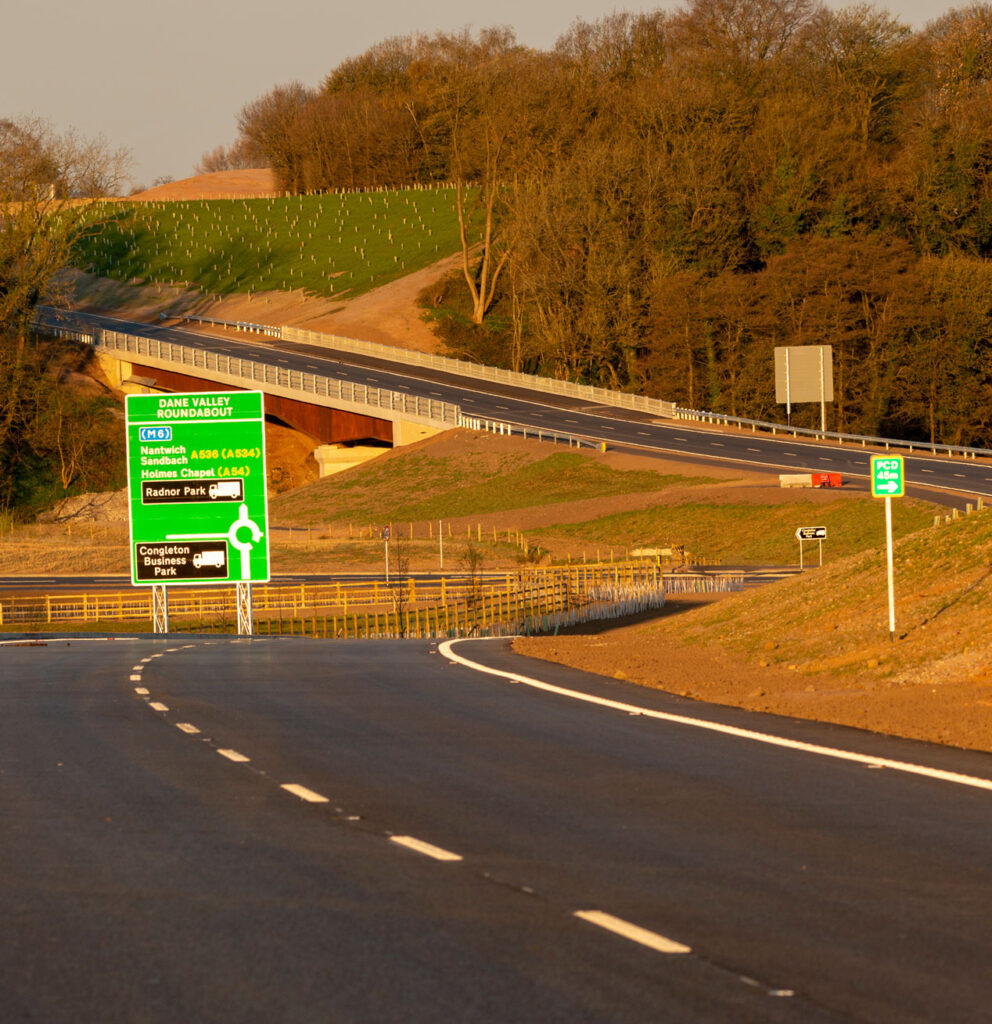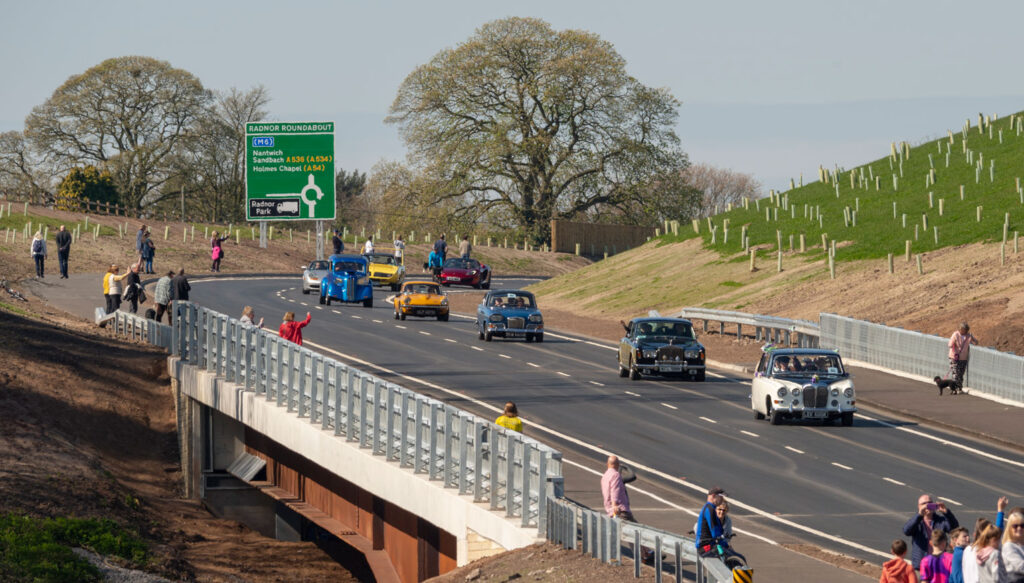16A Parkland Link Road
Overview
- Name: 16A Parkland Link Road
- Client: National Highway System, Canada (NHS)
- Contract Value: $21.5 Million
- Contract Type: Construction Management
- Sector: Infrastructure
- Timeline: March – 2009 – Sep – 2011
- Location: Edmonton, Alberta
Project Description:
The 16A Parkland Link Road will help deliver “economic and social regeneration” to the town of Woodhaven in Edmonton. Described as a “crucial piece of infrastructure”, the 5.7km bypass joins the 216 Anthony Henday Dr. (to the west of Edmonton) with the 15 Manning Dr NW (to the Fort Saskatchewan).
Our five phase, sequenced programmed of works, split into five mainline zones in order to meet the agreed sectional completion dates, began in March 2009. The overall scheme was completed in late 2011. In the opening year, during rush hour, traffic journeys across Edmonton are expected to take circa Nine minutes less than the previous rate. Air quality assessments also indicate that there will be substantial improvements throughout the town center.
Project Detail
As well as providing a “major economic boost” to the town, the Parkland Link Road will relieve traffic congestion, unlock key sites for housing and employment, and improve east-west connectivity.
During the design phase, we improved the safety risk at the North Saskatchewan River, which carries the Parkland Link Road over the Saskatchewan River, by designing out an insitu concrete pier. This converted a three-span proposal into a two-span 87m structure, and led to the removal of the twin risks of working in the river and excavating in poor ground conditions. We also optioned the complex foundation design for the highly skewed Quesnell Lane Bridge, achieving an optimum solution that incorporated a semi-integral bridge with 900mm diameter bored piles – a meaningful change that was cost neutral.
Equally, this project featured a range of value engineering earthwork solutions. Notably, in rationalizing embankments with vertical alignment checks, we achieved a CA$0.5m saving through the reduction of earthworks by approximately 10% (40,000m3). Additionally, we eliminated the import of 10,000m3 of sand by using site won material.


